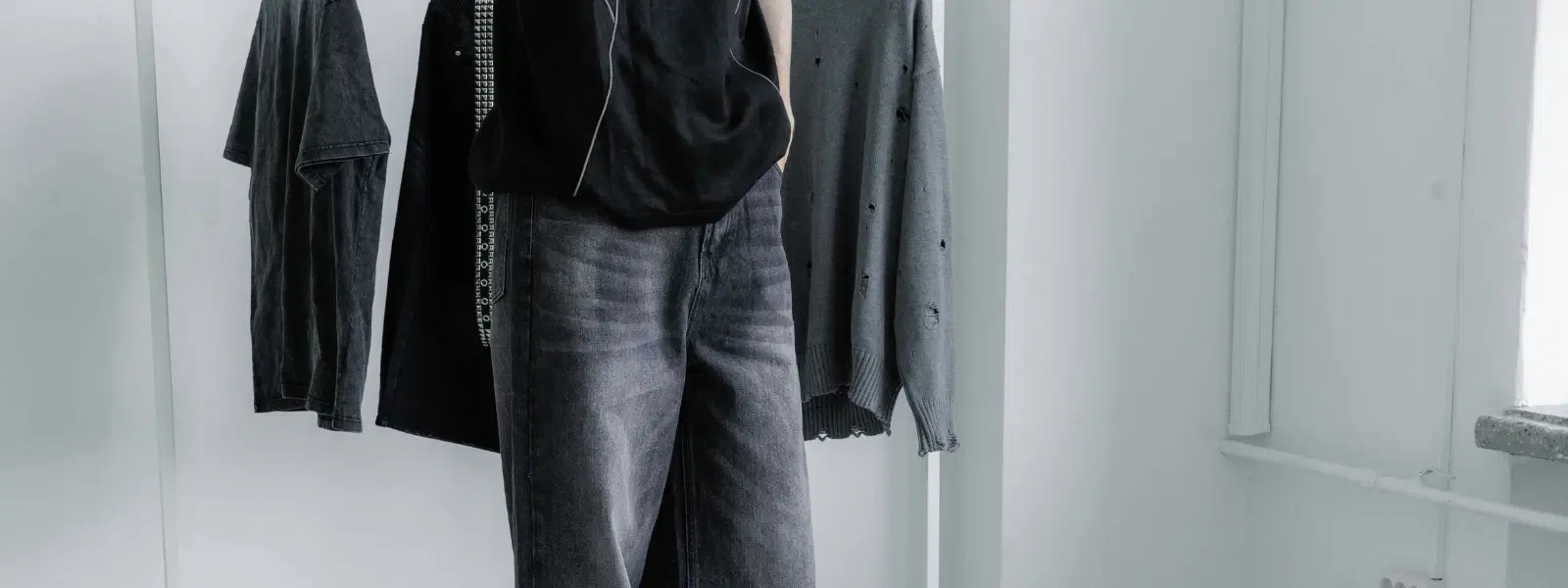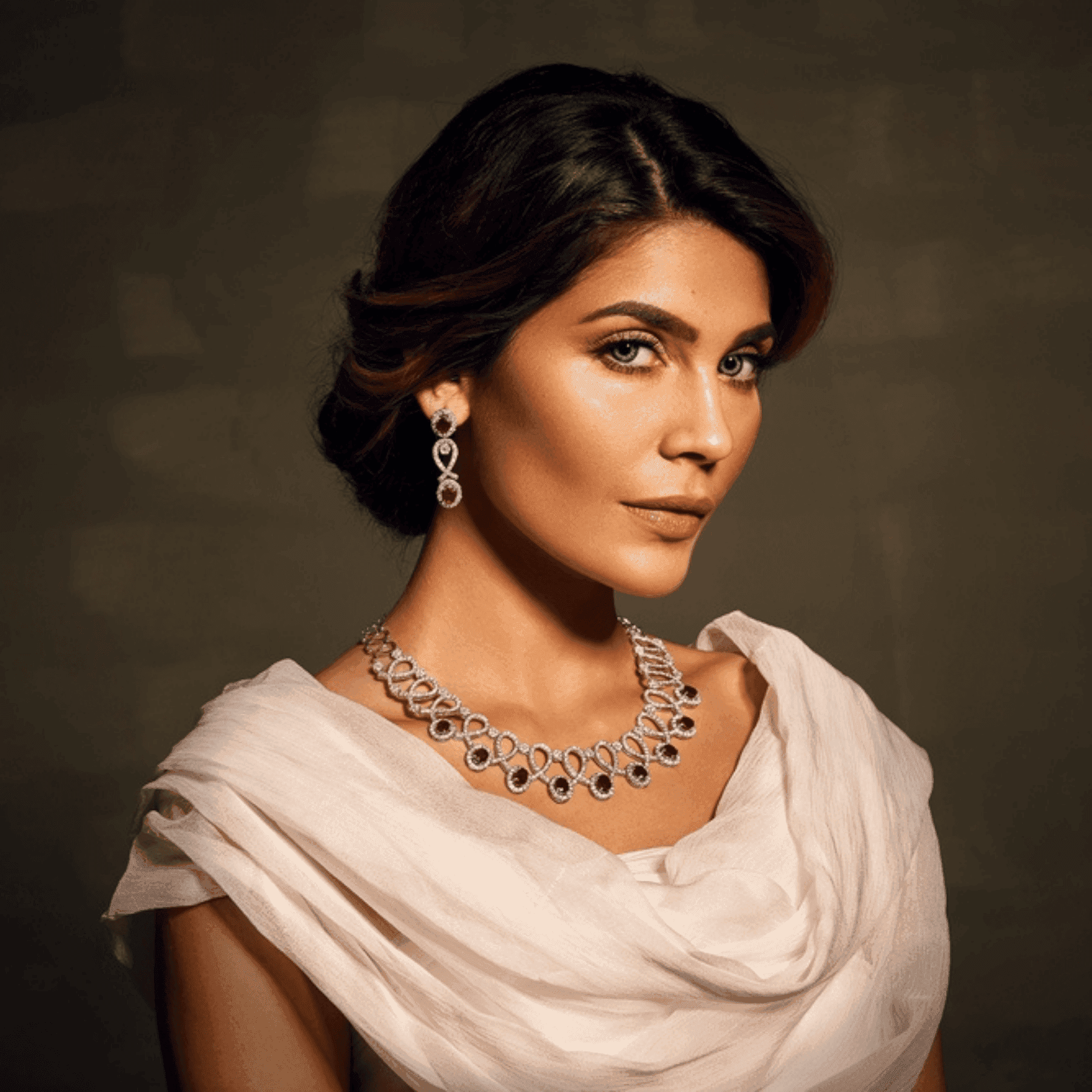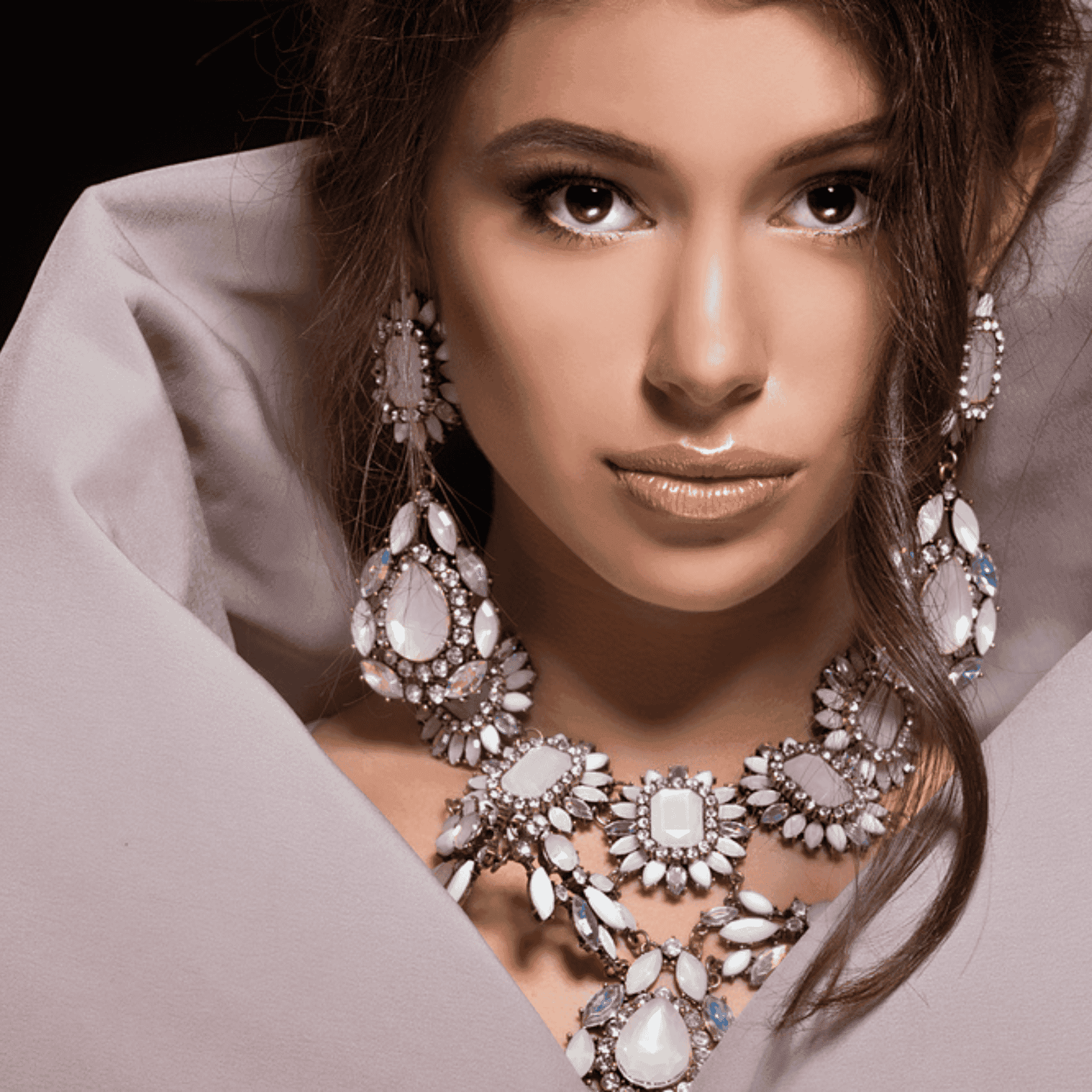
Luxury Edit
•05 min read
-8704a161-e35d-4932-b982-017add6889b1.png&w=3840&q=75)
The world of fashion is a vibrant expression of art, elegance, and personal identity. In this exploration, we will break down the distinctions between premium fashion brands and high-end fashion labels. By the end of this post, you will clearly understand how your favorite luxury clothing brands and designer apparel fit into the stylish spectrum of fashion, helping you decide where to invest in your wardrobe.
Premium fashion brands prioritize quality, durability, and aspirational style while being more accessible in pricing. They capture the essence of luxury without being overly exclusive, making them the perfect choice for those who love top-tier designer wear that feels both stylish and reachable. These brands focus on high-quality materials and craftsmanship that offer timeless, versatile designs, linking the world of elevated fashion pieces and premium designer collections.
High-quality materials and construction
Accessible luxury aimed at a broader audience
Bridges the gap between everyday wear and exclusivity
High-end fashion labels are renowned for their exclusivity, heritage, and artful innovation. These labels are synonymous with limited-edition releases, bold runway statements, and an overall focus on masterful design. When considering exclusive fashion collections or luxury couture brands, high-end labels showcase intricate detailing and innovation, often pushing the boundaries of high-fashion trends.
Iconic designs and superior craftsmanship
Exclusivity paired with heritage and legacy
Often limited in production and highly coveted
Premium fashion brands are celebrated for their balance of quality and affordability. They provide a doorway into the luxury lifestyle brands and premium designer collections without the intimidating price tag of their high-end counterparts. Conversely, high-end labels bear notable price tags that mirror their meticulous craftsmanship and exclusive market positioning. This core difference often determines the shopping experience and target audience for each category.
The audience for premium designers is generally aspirational buyers who appreciate excellent quality yet work within a set budget. This group is drawn to designer apparel that marries smart design with affordability. High-end fashion labels, on the other hand, cater to those with a taste for exclusivity and a desire to invest in signature, statement pieces. Here, the focus is on heritage, bespoke tailoring, and an elevated sense of style.
Premium brands emphasize timeless designs that fit seamlessly into everyday wardrobes, making them a part of your versatile selection of elevated fashion pieces. In contrast, high-end labels often focus on avant-garde styles and intricate detailing, ensuring that every piece becomes a standout in any exclusive fashion collection. This distinctive approach marks a clear divide in what consumers expect when they choose one over the other.
Insight Corner: The Luxury Spectrum
Did you know that premium fashion brands serve as a bridge in the luxury market? They offer a taste of luxury clothing brands without the steep cost associated with high-end labels, making premium designer collections accessible and appreciated by a wider audience.

Premium brands effectively use aspirational marketing and relatable lifestyle imagery to connect with a diverse audience. Their strategy involves tying their collections to everyday chic, aligning with current high-fashion trends while remaining approachable. Collaborations with style icons and influencers further position these brands as symbols of accessible luxury, ensuring that each piece resonates with those searching for premium designer collections.
The branding of high-end fashion labels is steeped in tradition and couture heritage. Emphasizing legacy, these brands lean into exclusive runway shows and elite, limited-edition collections to highlight their status. The use of bold logos and distinctive monograms signals status and refinement, making these collections synonymous with luxury couture brands and truly exclusive fashion collections.
Logos and monograms play differing roles in the two categories. While subtle branding in premium fashion brands ensures a broad appeal, high-end labels often use prominent insignias as a declaration of status and authenticity. This careful curation supports their image as top-tier designer wear that exudes sophistication and a high-fashion appeal.
Premium fashion brands are widely available in both department stores and online platforms, ensuring that they are accessible and convenient for everyday shoppers. Whether browsing for everyday casual wear or sophisticated pieces, consumers can easily integrate these offerings into their daily style routines. Their presence in various locations reflects the balance they strike between high-quality aesthetics and affordability.
By contrast, high-end labels maintain their exclusive allure through limited availability. They are commonly found in select luxury boutiques and flagship stores. The shopping experience is often personalized, with offerings such as private shopping appointments and bespoke tailoring. This curated approach enhances the desirability of luxury lifestyle brands and supports the perception of these labels as ultimate luxury investments.
The overall experience differs greatly. Premium brands focus on convenience and accessibility, meeting the needs of a broader audience who seeks quality along with trendy versatility. High-end labels, however, excel in delivering an elevated and tailored shopping experience, turning each purchase into an event that aligns with the opulence of luxury couture and designer apparel.

Premium fashion brands have a significant influence on street style and casual luxury trends, merging everyday chic with subtle elegance in their collections. These brands are cherished for their role in democratizing fashion, making the dream of owning elevated fashion pieces a reality for many. High-end labels, by contrast, are often associated with high glamour and exclusive events, reinforcing the allure of luxury lifestyle brands and pushing forward high-fashion trends on a global stage.
Both premium and high-end labels are increasingly mindful of their impact on the environment. Premium brands are adopting sustainable practices that appeal to eco-conscious consumers without compromising their accessible price point. Meanwhile, high-end labels often invest in ethically sourced materials and artisanal craftsmanship, aligning their legacy with the principles of sustainable, slow fashion while still maintaining exclusivity.
Premium fashion brands enjoy a broad global presence due to their affordability and widespread availability. This expansive reach allows them to capture a diverse audience that values both style and practicality. On the other hand, high-end fashion labels intentionally limit their distribution. This careful curation reinforces their image as exclusive and meticulously crafted collections, appealing to those who seek a unique blend of art and sophistication in their wardrobe.
Premium fashion brands are more affordable and accessible, focusing on quality and versatility, while high-end labels are exclusive, offering intricate design and unmatched craftsmanship.
Yes, premium fashion brands are regarded as part of the luxury spectrum, providing accessible luxury that allows more consumers to enjoy high-quality design.
It is uncommon, but a brand may evolve into a high-end label if it significantly enhances exclusivity, craftsmanship, and its overall brand legacy.
High-end labels justify their pricing through exceptional materials, limited production, and the prestige of heritage, creating pieces that are viewed as investments.
For those who value exclusivity, innovation, and intricate design, high-end labels offer pieces that not only define luxury but also stand as unique artistic expressions.
Understanding the differences between premium fashion brands and high-end fashion labels helps in making informed style decisions. Premium brands offer accessible luxury with high-quality design, while high-end labels provide iconic pieces that epitomize exclusivity, artistry, and heritage. This balance between affordability and exclusivity enables you to shape a wardrobe that resonates with both everyday elegance and standout sophistication, ensuring every piece reflects your personal story and style.